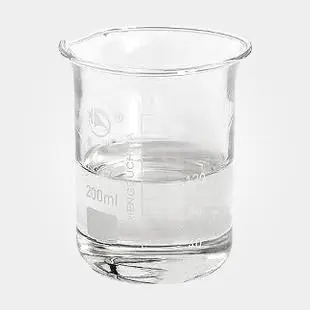The difference between isopropyl and isopropanol lies in their molecular structure and properties. While both of them contain the same carbon and hydrogen atoms, their chemical structure is different, leading to significant differences in their physical and chemical properties.
Isopropyl alcohol, also known as isopropanol, belongs to the family of alcohols and has the chemical formula CH3-CH(OH)-CH3. It is a volatile, flammable, colorless liquid with a characteristic odor. Its polarity and miscibility with water make it an important industrial chemical, finding its application in various fields such as solvents, antifreezes, and cleaning agents. Isopropanol is also used as a raw material for the production of other chemicals.
On the other hand, isopropyl represents a hydrocarbon radical (C3H7-), which is an alkyl derivative of propyl (C3H8). It is an isomer of butane (C4H10) and is also known as tertiary butyl. Isopropyl alcohol, on the other hand, is an alcohol derivative of isopropyl. While isopropyl alcohol has a hydroxyl (-OH) group attached to it, isopropyl does not have any hydroxyl group. This structural difference between the two leads to significant differences in their physical and chemical properties.
Isopropyl alcohol is miscible with water due to its polar nature, whereas isopropyl is nonpolar and insoluble in water. The hydroxyl group present in isopropanol makes it more reactive and polar than isopropyl. This polarity difference affects their solubility and miscibility with other compounds.
In conclusion, while both isopropyl and isopropanol contain the same number of carbon and hydrogen atoms, their chemical structure differs significantly. The presence of a hydroxyl group in isopropanol gives it a polar character, making it miscible with water. Isopropyl, without the hydroxyl group, lacks this property. Therefore, while isopropanol finds multiple industrial applications, isopropyl’s uses are limited.
Post time: Jan-08-2024





